Company details for:
JCS Nuclear Solutions

Europa House,
Barcroft Street,
Bury,
Lancashire,
BL9 5BT,
United Kingdom
Quick Links:
Products / Services
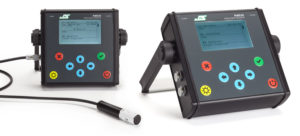
RMS30
The RMS30 can be portable (battery-powered) or mains-powered, bench or wall-mounted, have variable cable lengths for probes and even a remote alarm module to accommodate a multitude of measurement scenarios.
The design philosophy behind the instrument is to allow the operator to use a particular probe type (with single or dual channel measurements), or the flexibility to specify a different detector type. The RMS30 allows the operator to define how the probe data is displayed in real-time (sV/h, CPS or rem/h) and also how the data is then stored in the internal memory. All logged data can be accessed via USB to a PC where information is stored in a simple to manage spreadsheet.
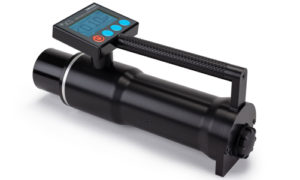
GMS595
Set to be the new standard gamma dose-rate instrument across site, the GMS595 is capable of accurately measuring dose-rates from nSv/hr to Sv/hr.
It is simple to operate, quick to set up and environmentally stable.
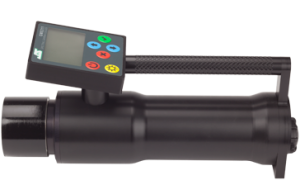
GMS310
The GMS310 offers the ability to log elemental concentrations of Uranium, Thorium, and Potassium by means of spectral analysis of gamma emissions from core materials. It also allows the operator to add user/site defined ROI (regions of interest) in 3 additional channels available on the instrument and gives a total gamma count.
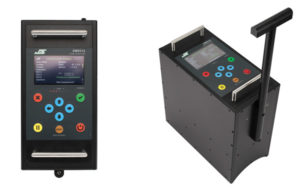
GMS312
The GMS312 offers the ability to log elemental concentrations of Uranium, Thorium, and Potassium by means of spectral analysis of gamma emissions from core materials. Data can be displayed in either API units or counts in six user defined Regions of Interest plus gross gamma count.
There two measurement modes; either Dynamic or Static. In the Dynamic mode, continuous measurements are made whilst the GMS312 is rolled along the core at a preset speed. In the static mode, the GMS312 is moved to each location and a static measurement made. In each mode, the depth is displayed.
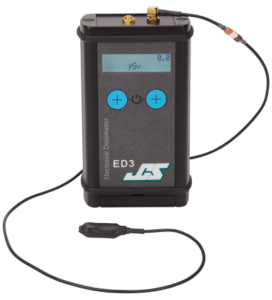
ED3
Monitoring the extremities is extremely important when handling radiopharmaceuticals, in cardiology, oncology and glove box work as whole body dose may underestimate the extremity dose, especially when there are high dose gradients.
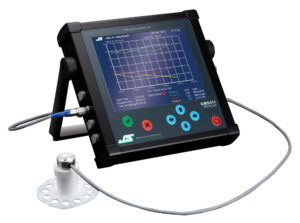
GMS411
This practice is used to monitor blood flow in muscle, fat and tissue and falls within the clinical field of Endocrinology.
The system is made up of a single bench-top unit which handles the running of the probes, real-time display and data storage. The instrument is capable of accepting up to 4 custom designed smart probes and will automatically detect which probe is plugged into which of the 4 sockets. Making it easy for the clinician to identify where each probe is placed, the position can also be
The system is made up of a single bench-top unit which handles the running of the probes, real-time display and data storage. The instrument is capable of accepting up to 4 custom designed smart probes and will automatically detect which probe is plugged into which of the 4 sockets. Making it easy for the clinician to identify where each probe is placed, the position can also be labelled on the instrument (upper left abdomen for example).
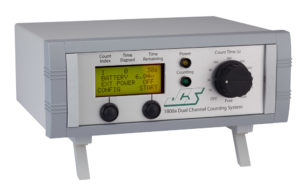
GMS1800a
The Laboratory Counter is a microprocessor based unit which may be used to count digital pulse signals over a range of user selectable counting periods. It is a compact and robust unit suitable for laboratory or field use.
GMS1800a is powered either by an internal rechargeable battery or externally by a mains supply unit, which recharges the battery at the same time. The instrument can also operate from a 12V DC source such as a vehicle battery, making it convenient for mobile field surveys.
The unit provides two counting channel inputs and displays the accumulated counts in each channel over a user- selected counting period. The unit may alternatively display the count difference between the two input signals.
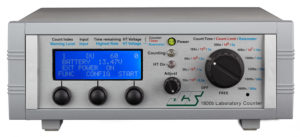
GMS1800b
Measurement results are displayed on a large backlit LCD display. The Laboratory Counter also provides an audible indicator, which emits short clicks at lower count rates, and may also be used as an alarm indicator in rate meter mode.
The Laboratory Counter may also be used to count digital pulse signals from standard Alpha and Beta detector drawer units (such as the AEA Technology types ‘ADU’ and ‘BDU’, 0744, 0771 and 0772), or from other instruments providing digital pulse output signals. Two independent digital inputs are provided.
The GMS1800b Laboratory Counter is powered either by an internal rechargeable battery or externally by a mains supply unit, which recharges the battery at the same time. The instrument can also operate from a 12V DC source such as a vehicle battery, making it convenient for mobile field surveys.
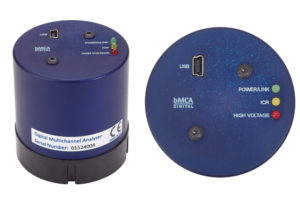
bMCA-U
The device is used for obtaining an energy spectrum from the photon radiation detected by the scintillator, and can be easily linked to a typical PC or notebook via a standard USB port for data transfer and further analysis.
The bMCA-U is provided with our standard software package that allows the user to control the device, and to acquire and visualise the energy spectrum. The software incorporates an advanced and easy-to-use “discovery” function that can be used to automatically detect all the bMCA’s (USB or Ethernet) on your network that are available for connection.
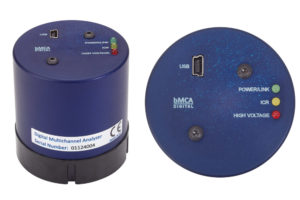
bMCA-E
The device is used for obtaining an energy spectrum from the photon radiation detected by the scintillator, and can be easily linked to a typical PC or notebook via a standard USB port for data transfer and further analysis.
The bMCA-E is provided with our standard software package that allows the user to control the device, and to acquire and visualise the energy spectrum. The software incorporates an advanced and easy-to-use “discovery” function that can be used to automatically detect all the bMCA’s (USB or Ethernet) on your network that are available for connection.
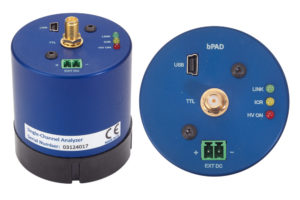
bPAD
The device contains a Preamplifier-Amplifier-Discriminator with TTL digital output. The bPAD also includes its own high voltage power supply for operating standard 14-pin photomultiplier tubes, which are commonly used with scintillator-type radiation detectors (e.g. Plastic, NaI(Tl), LaBr, CeBr, etc).
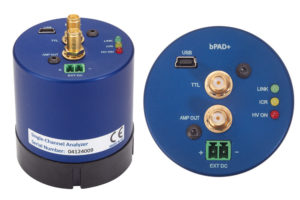
bPAD+
The bPAD is an intelligent, compact Single-Channel Analyzer. Unlike traditional designs, this device is fully digitally controlled via USB: no scope or messing with screwdrivers is necessary. A simple PC application allows all the parameters (High Voltage level, amplification factor, discriminator thresholds) to be quickly set. More than that, a pseudo PHA mode is implemented, allowing to acquire an spectrum in order to set the discriminator window from the peak of interest. All the settings are stored in permanent memory, so the device can function in standalone mode every time the power is applied.
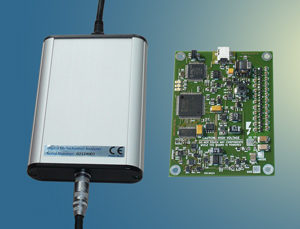
Topaz-Pico
The device is therefore useful for obtaining the energy spectrum from the photon radiation detected by the scintillator, and can be easily interfaced to a typical PC or notebook via a standard USB port for further data transfer and analysis.
The MCA is provided with a basic software package that allows to control the device, and to acquire and visualise the energy spectrum. The software incorporates an advanced and easy-to-use “discovery” function that can be used to detect automatically all the BrightSpec MCAs (bMCAs-USB, bMCA-Ethernet and TOPAZ-Pico) in the neighbourhood of the PC that are available for connection.
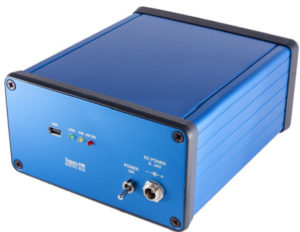
Topaz-HR
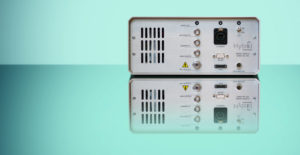
The MFAx1.3
The system can function with or without a host PC via an Ethernet connection. The PC connection affords the use of the PC-based Graphical User Interface (GUI) where system configuration, auto-calibration and the ability to analyse PSD and PHS data can be performed. When functioning independently (i.e. without a host PC) separate digital TTL outputs are available for analysis using secondary diagnostic instrumentation such as a coincident counter. The neutron and gamma TTL outputs toggle according to the event type, have a high real-time throughput, and are time correlated with the incident event.
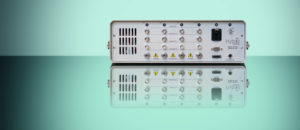
The MFAx4.3
The analyser can function with or without a host PC. In stand-alone mode, separate digital TTL outputs for gamma and neutron events are provided from each channel for analysis using secondary instrumentation such as a coincidence counter. These outputs have a high real-time throughput and are synchronised in time with the incident event.
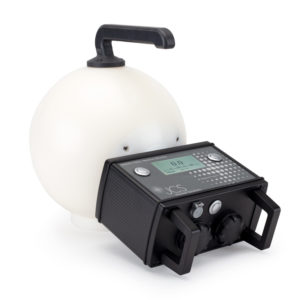
NMS017NG3
Ease of use and deployment underpin the design philosophy of the NMS017NG3 and has seen this instrument adopted as the industry standard deployed across the majority of civil nuclear sites, AWE, MoD as well as many academic, research and medical establishments.
This latest neutron monitor incorporates a digital display, providing a user-friendly visual display of dose rate as well as numeric feedback. The LCD display can be read in all light conditions and has vastly improved the battery life (>120hrs). Measurement modes include dose rate, accumulated dose, count rate and various count and time modes for integrated measurements.

Pure Polyethylene Neutron Shielding
In these applications, it is highly desirable to maximise the hydrogen content and minimise any impurities, especially those that might absorb neutrons. We can supply high purity virgin polyethylene for this application in a variety of shapes and sizes.
JCPEP can be readily machined into complex shapes for applications involving neutron instrumentation, reactor physics, activation analysis or isotopic neutron sources. John Caunt Scientific can not only provide custom machining but can also pour JCPEP into custom-made moulds to provide application-specific shielding form.

5% Borated Polyethylene
JCPE5 has a high hydrogen content, making it an effective fast neutron shield, slowing down fast neutrons to low energy thermal (slow) neutrons, which are then absorbed by the added boron compound.
JCPE5 5% Borated Polyethylene is typically used in neutron shielding applications where low and intermediate-levels of neutron flux are expected, but elevated temperatures are not. JCPE5 is available in a wide range of form factors including slabs, bricks, cylinders, pellets, and other custom shapes.
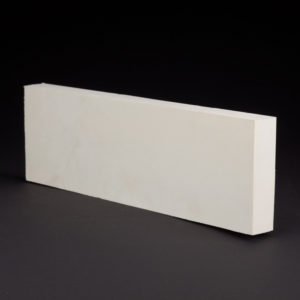
Self-Extinguishing Borated Polyethylene
Self-extinguishing materials are desirable for use in any location requiring neutron shielding where there is an issue with fire loading and a need to reduce the amount of material contributing to the overall amount of combustible materials. ASTM test D-635 (Flammability of Self-Supporting Plastics) shows JC207HD to be self-extinguishing. ASTM Test D-2863 gives a Limiting Oxygen Index of 30.2. In addition to the fire resistance, JC207HD produces negligible smoke when exposed to flame.
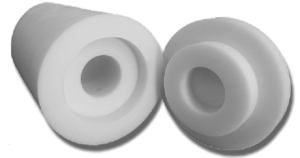
Lithium Polyethylene
7.5% Lithium-Polyethylene is very effective in reducing gammas because it produces no capture gammas. Thus, when used to shield a gamma detector from neutrons, it eliminates the usual capture-gamma background. It should be noted that due to its lower capture cross-section, lithium is less effective than boron for capturing thermal neutrons and therefore requires a greater thickness than borated polyethylene.
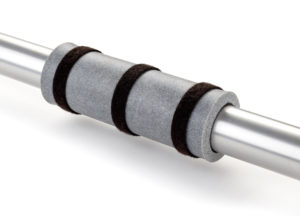
Borated Flex-Panel
The standard thickness has been increased to 5/16” (0.31”), which provides the same amount of hydrogen, but improved thermal neutron attenuation and gamma attenuation over the standard thickness JC227A. It has more than twice the thermal neutron stopping power as that typical of 5% borated poly and is used in a wide range of mixed energy neutron shields.
It is effective in a variety of neutron shielding applications including high-energy accelerators (physics research) and neutron test facilities.
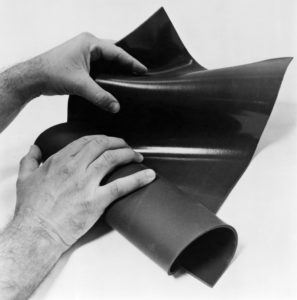
Flex-Boron Sheet
JC238 Flexi-Boron has a high boron concentration that provides a thermal neutron attenuation factor greater than X250 for the standard 1/8” (3.2 mm) thickness. It will withstand temperatures of up to 205°C (400°F) without loss of physical or nuclear properties and is self-extinguishing when exposed to flame.
Boron-Silicone
It is silicone elastomer based and has a high hydrogen content. At temperatures up to 204.4°C (400°F), it will retain almost 90% of it hydrogen for extended periods. The hydrogen content of JC237 is 67% of that found in water and contains 1% boron for thermal neutron capture.
JC237 is available in a variety of shapes and sizes and while it is a solid material, it has a hard rubber-like characteristic that will minimize any impact due to secondary missile formation. It has a density of 1.59 g/cm³ (99 lbs/ft³) and is self-extinguishing. Our JC237 Boron-Silicone can be provided as a multi-part kit that is castable in the field and as pre-cast solid pieces made to your specifications.
About us
Over the years, our company has gained an outstanding reputation for our overall knowledge of radiation measurement and our ability to design innovative products that are highly recommended by our clients across the country.
Here at John Caunt, we believe that they key to success within this particular industry is to strive for quality, reliability and innovation. We have a team of dedicated specialists who work closely with customers to ensure their radiation detection requirements are fulfilled as efficiently as possible. We as a company take pride in our ability to combine our knowledge and skills with the latest technologies to create new solutions that are proven to achieve excellence. We offer a distinct range of gamma spectrum core loggers, core sample gamma loggers, active extremity dosimeters, nuclear decommissioning equipment and spectrometry products.
John Caunt Scientific has understood the needs of customers for many years, and has evolved existing products as well as new ones to improve the overall detection of radiation, which is absolutely essential in a number of environments. Some of the industries we cater for include Health Physics, Oil & Gas, Defence, Nuclear Power Generation, POCO & Decommissioning and High Energy Physics. Each piece of equipment we design is built to last and will provide consistency wherever possible. Whether our clients are looking for single-channel analysers or multi-channel analysers, we at John Caunt Scientific have the perfect solution for any application.
We at John Caunt have designed multiple solutions over the years that meet the high standards and regulations set out by the industry. Some of these include;
- Instruments − Gamma Monitors, Counting Equipment, Neutron Monitors.
- Shielding − Neutron Shielding, Gamma Shielding.
- Detectors − Scintillation Detectors.
Images


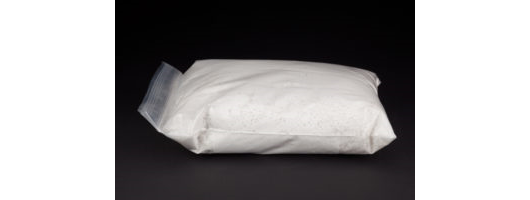
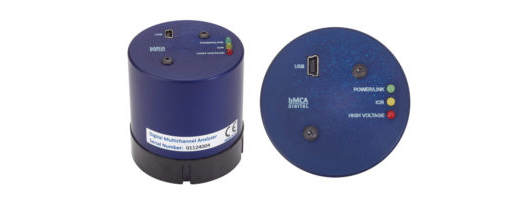
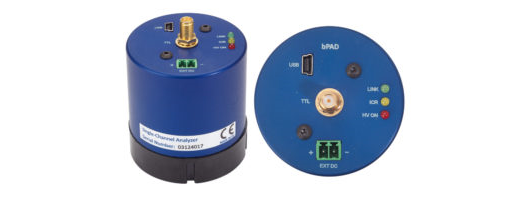

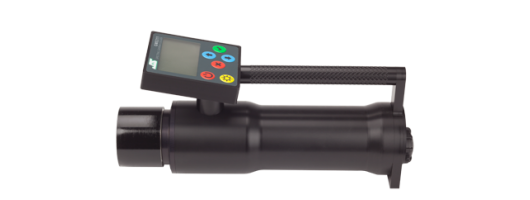
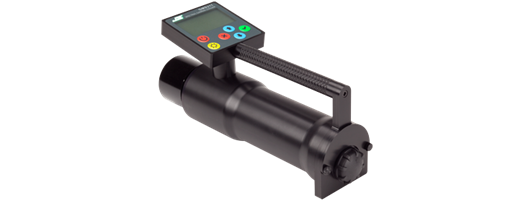
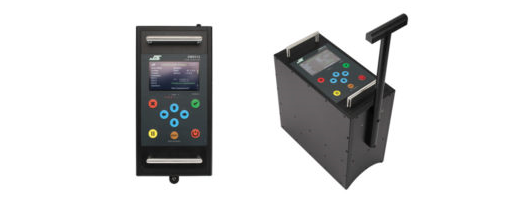
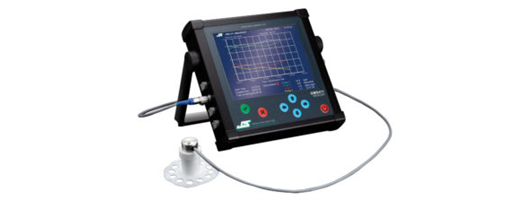
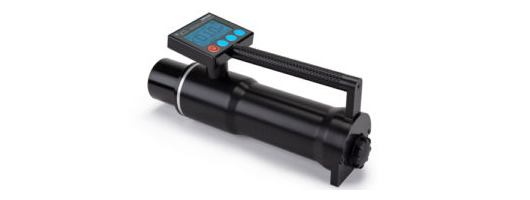
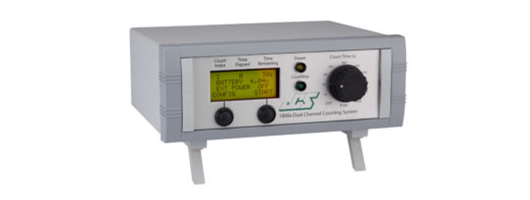
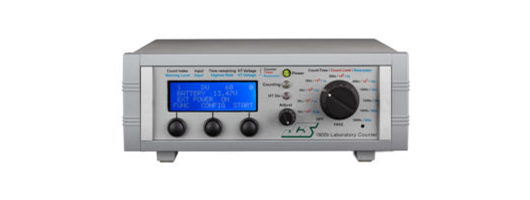
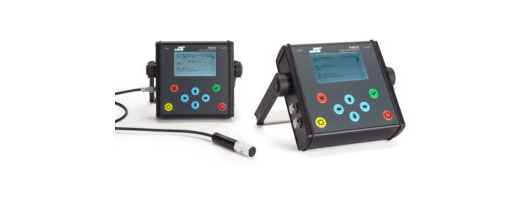
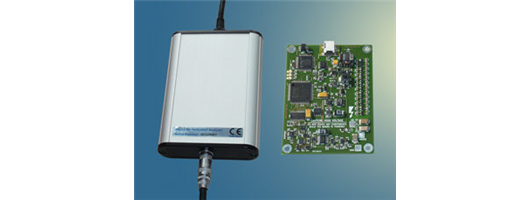
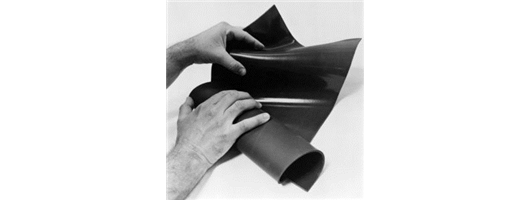
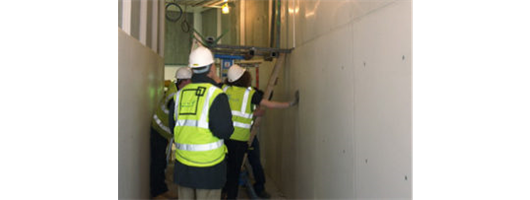

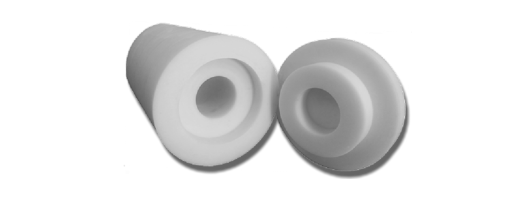
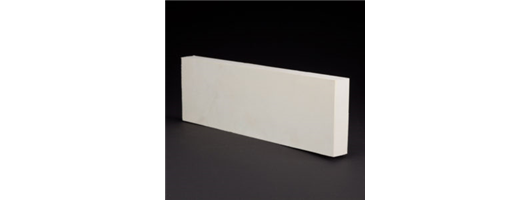
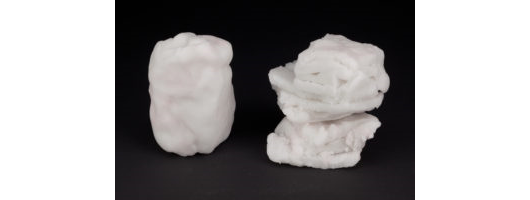


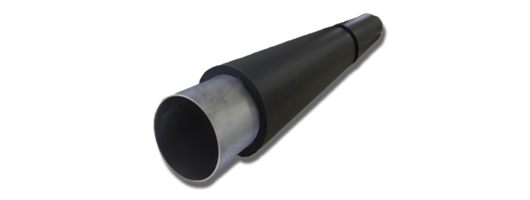
















































Articles / Press Releases
Trade Associations


